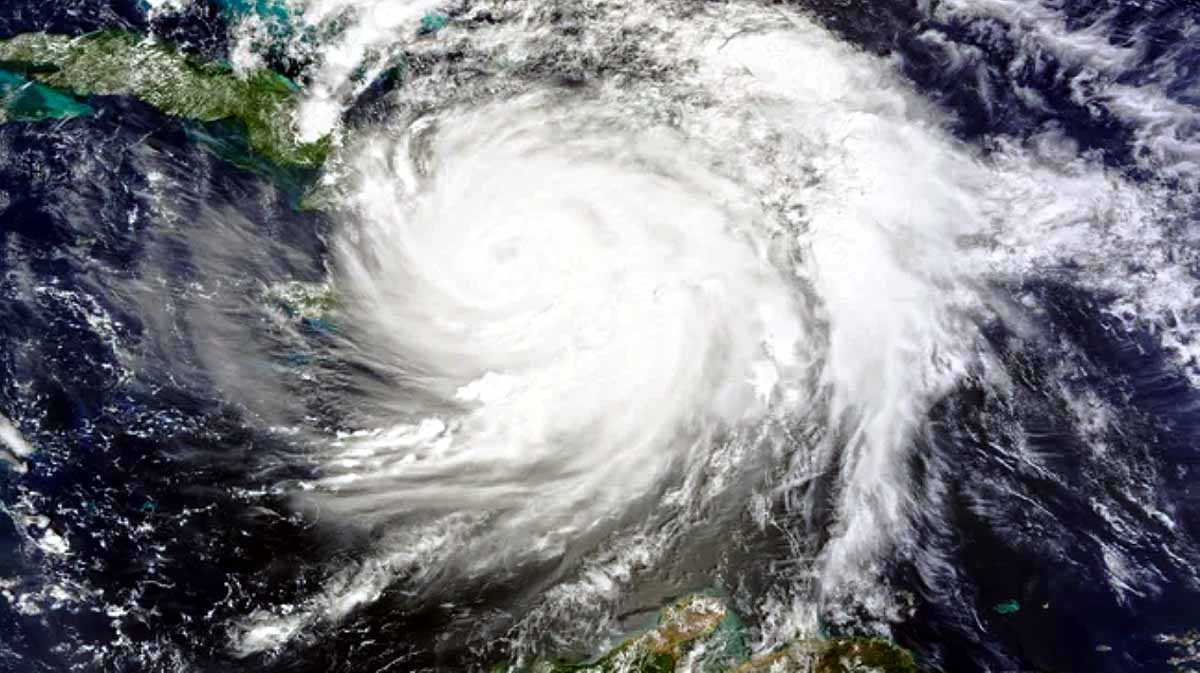2023 was a year that left historical heat records in the dust. The thermometer could climb even higher in 2024, possibly setting a new pinnacle for warmth. The earth was 0.2 degrees Celsius warmer last year than scientists had predicted. Gavin Schmidt, a climatologist at NASA, shared that last year's temperatures caught researchers off guard. Similar expectations shroud the current year.
Over the past 40 years, meteorologists have studied climate patterns aided by satellite data. In these four decades, the recent betrayal by temperatures, where all previous calculations were defied, is unprecedented. Every month of 2023 shattered heat records. The mercury simply refused to fall.

Source: aajtak
Gavin explained that the El Niño phenomenon played a crucial role last year. Now, we have stepped into the unknown in terms of temperature fluctuations. It is uncertain how much hotter or cooler the next figures will be. Several events in the past four years have incrementally raised the earth's temperature. For example, there was a reduction in the aerosols that cool the planet's surface in 2020.
2022 saw increased levels of steam that trap heat due to the volcanic eruption of Hunga-Tonga. The subsequent year introduced El Niño alongside a warming sun. The ongoing solar cycle is amongst the warmest, leading to floods, droughts, wildfires, and storms. Let's delve into what this year might hold...

Source: aajtak
El Niño, an intense warm air flow across the Equator Line within the Pacific Ocean, raises sea surface temperatures, further heating the atmosphere. As warm currents surge, they are replaced by upwelling of cooler waters. This complex process alters the global climate, precipitating extreme weather events.
The ongoing El Niño originated in 2023 and will reach its peak this year, making earth an oven. Its strength is bolstered by humanity's CO2 emissions and other greenhouse gases, fueling climate change and temperature rise.
Climate models fear 2024 will be the hottest year ever recorded. El Niño is a contributing factor, alongside human-induced warming. Our current trajectory is 1.5 degrees above the pre-industrial era, which will reshape weather patterns, ecosystems, and human societies, inviting more extreme weather disasters.
For India, which heavily relies on seasonal monsoons, an El Niño means a weaker precipitation period. While the weather department predicts a slightly better-than-average monsoon, El Niño suggests otherwise—less rain and potential drought. This will influence farming, water sources, and ultimately, the nation's economy. Action plans are crucial to mitigate the impending heat crisis.




